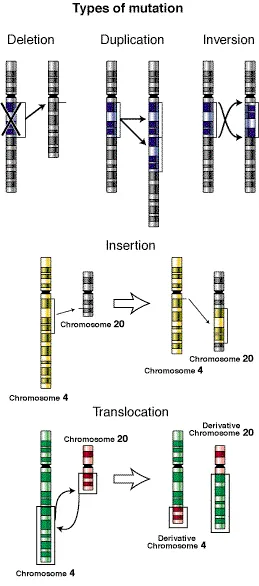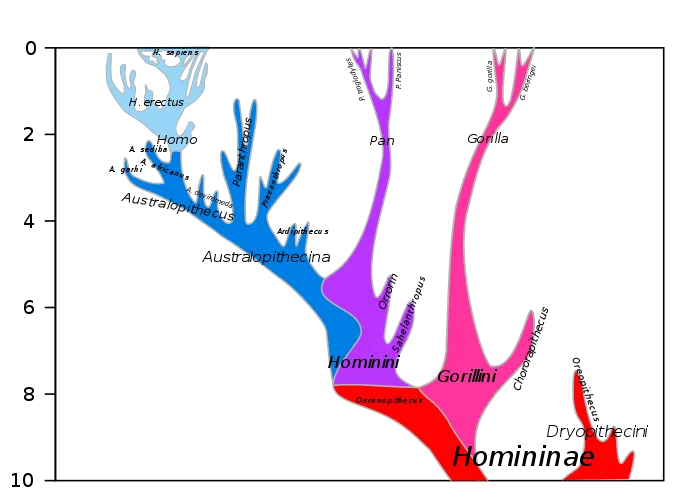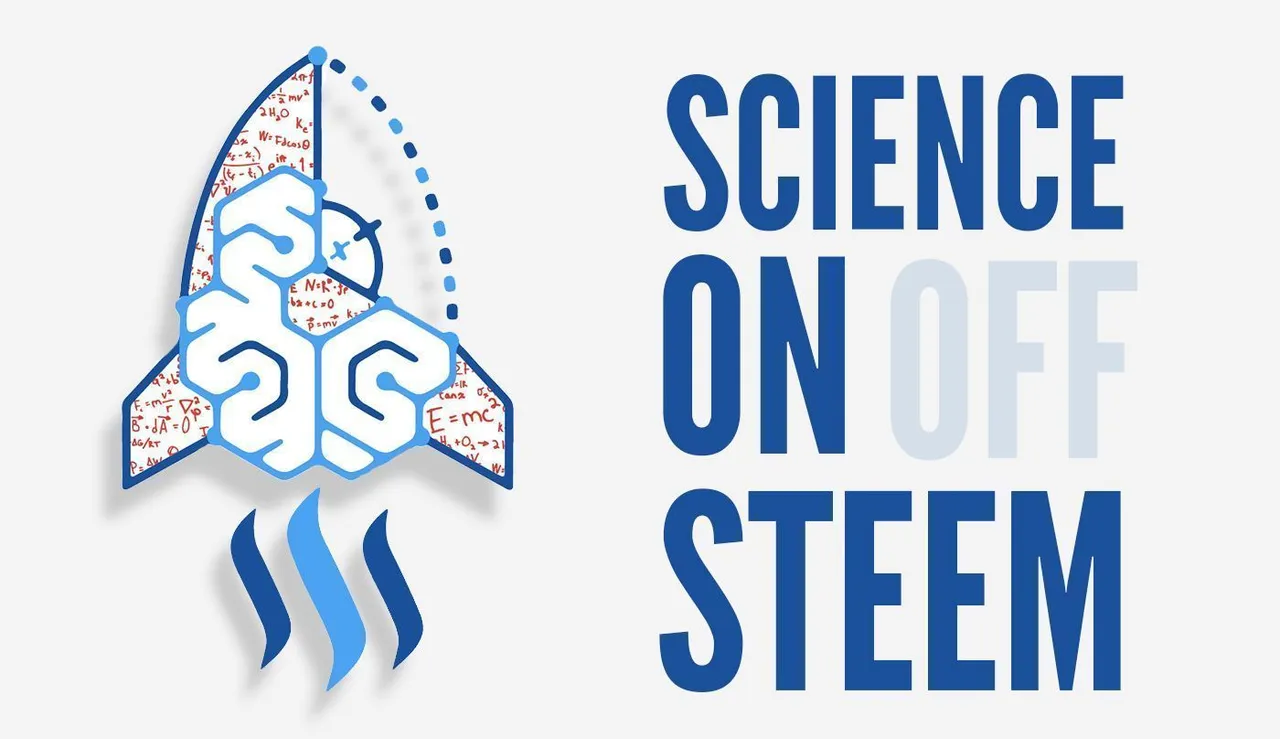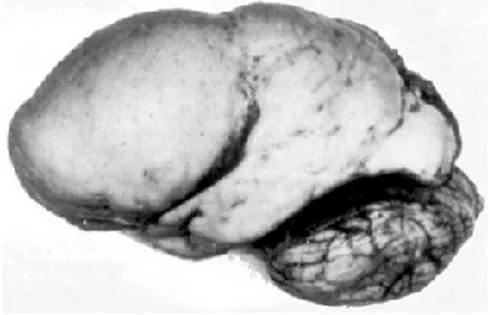So. Here we are. the real end of the line. Throughout the last, I dunno, 9 months or so, I've been very steadily writing posts that take us on a journey from the first living cells, through the evolutionary tree in the direction of humans, right up to where we are now: Great apes. This whole journey has taught me an insane amount about how we got to this point and gave me exponentially more respect for the power of nature - and this was just via a single route on a tree with millions of potential directions. But now we're here, at the closest living relatives to ourselves, what's left to talk about, really?

Stephen Craven - CC2.0
There are only 8 species of great ape, most of them on the brink of extinction, and we just happen to be the one doing well by means of wiping the others out, but what gave us that 'advantage' (I put in quotes because I doubt it was necessary to wipe everything out in order for us to thrive but hey) in this phylogenetic tree that causes us to be seemingly an entire domain apart from those who share 99% of our DNA with us?
The devil is in the human. I mean... detail.
99%
My first question comes when I see this oft-quoted 99%. It's a little too rounded for me. A few years ago I'd see 97%, and before that, 95%. So why has this number been changing? Has more research found that previously noted differences were actually the same? Where are these numbers coming from, and what is the actual per cent similarity between us and chimpanzees?
It all depends on what methods we use to come to our conclusions. and how bad your journalism is. But before we investigate, we need a quick lesson on Genetic mutation, something I've talked about long ago but I'm not about to go digging around Steemit's clunky interface to find it.
Mutations
There are a whole bunch of ways DNA can mutate, but don't worry this is going to be a brief encounter with some of them via this handy image:

Public Domain
As you can see, five types of mutation are almost intuitive in their mistakes, from swapping to flipping, trading and more. Again, feel free to dig up my post that goes into this more since this image only covers chromosomal mutation.
The point here is that the overused 99% similarity is true only if you consider substitution of genes that we already share with chimps, in which one DNA base is swapped with another. Given that DNA is made up of four nucleobases (biological compounds) A, T, C and G, a string of this might swap out a G for a T. Even then the number is really closer to 98.5%.
But this result completely ignores the rest of the genome, in which insertion and deletion methods of mutation, collectively called indels, are actually the majority event type in the genetic divergence between us and chimps, accounting for more than double the % difference thtan simple base substitution.
Indels add another 3.4% difference between humans and chimps, our closest living ancestor
A potential 5% difference starts to feel a little more reasonable, don't you think? Of course, 99% is more astonishing on the front page of your Facebook feed though.
95%
This number has been known since at least 2002 when Roy J. Britten, a man who literally invented a way to measure genetic differences between species, published his paper (below) on these indels. But he also notes that this 5% is not evenly laid out across the entire genome. In some regions, the divergence between us and chimps can be in excess of 20%. You can read a nice summary of his work in more detail here.
These regions of 20% + differences are likely where the more notable differences come from. Britten points out that the majority of the 5% divergence are 'relatively unimportant'.
But what if we considered mitochondrial DNA? This is the DNA that resides in mitochondria, organelles that reside within the cells of us Eukaryotic species. Fortunately, a few years earlier in 1996, a paper came out describing how, after a complete sequencing of humans andd chimps mitochondria the difference between us and chimps regarding our mitochondria was around 8.9%
But what genes are making us functionally different from our cousins? It's all very well slapping a percentage onto these things but it means nothing when you consider the existence of art, literature, philosophy, megastructures, space stations and Quantum Mechanics. Where'd all that come from?
The Brain
Now, there are lots of notable differences that may be strikingly obvious; humans have less hair, humans somewhat uniquely cry, we lost our penis bone and so on. But our brain is by far the most defining innovation that has seemingly pulled us far, far away from our common ancestor.

Dbachmann. CC 4.0
2006 was an exciting time in this field. Scientists had just completed sequencing the Chimp's entire genome, and the sequencing of Neanderthals was right around the corner. This would be very handy indeed.
Prior to 2006, some clues were seeping through the cracks without these sequences genomes. One team in 2004 found a mutation in Chromosome 7 in humans only that was responsible for the productiton of a protein, myosin that allows muscle tissue to contract. The mutation put a partial stop to this in the human jaw muscles which may have led to the evolution of smaller jaws in humans compared to all the other apes.
The implication here is that a smaller jaw allowed our brains to balloon out further and become bigger. But this isn't really how evolution works. Much like the animals that started to lay eggs on land, this kind of development isnt a result of being given permission, but a selective advantage for reproductive success. These are two slightly different things.
Another study that is more in line with this idea is one from 2006 in which a team looked at the DUF1220 gene, associated with cognitive prowess. They found more copies of this gene present in humans than any other primate, and the further back down the tree of apes you go, the fewer copies of this gene the animals have.
in 2012, one study found that children suffering from microcephaly happened to lack the DUF1220 gene showing a direct correlation between it and small head/brain size. Likewise, macrocephaly is a thing, and sure enough, we find an increase in DUF1220 in children with big heads.
The take-home message was that brain size may be to a large degree a matter of protein domain dosageSource
This isn't to say that lower DUF1220 = dumber species with smaller brains - Size isn't everything:
(the) highest copy number is found in humans (272). In other species, copy number ranges from a high of 125 in chimps to 99 in gorillas, 92 in orangutans, 35 in macaques, 30 in marmosets, 4 in dolphins, only 1 in mice, and none outside of mammals.Source
But in terms of Apes, it does seem to be a relevant feature that may otherwise take a backseat in animals such as dolphins and octopuses.
Human Accelerated Region 1
Another gene region, HAR1 on chromosome 20 is substantially different between the two species too and is associated with brain tissue during fetal development and its discovery was potentially revolutionary. It turns out that HAR1 evolved incredibly slowly. Present in both Chickens and Chimps, only 2 out of 118 bases differed. Considering the Chicken and Chimp have a common ancestor 300 million years ago, it's quite shocking to learn that there are 18 base differences between chimps and humans!
Something big happened here.
HAR1, it turns out, is a critical feature affecting the health of a a brain's cortex. There is a type of neuron along the surface of the brain that, when problems occur, causes the ironing out of the brain wrinkles we're familiar with, leading to the congenital disorder lissencephaly - or 'Smooth Brain'. This obviously reduces surface area and major problems, often fatal, tend to follow. This neuron is also linked to the development of schizophrenia.
During fetal development, HAR1 is actively protecting the development of these neurons for the most of us, allowing a nice, wrinkly brain as a result. It seems logical that the more of this wrinkle-region we have, the better brain we end up with.
Genes Aside
There are a ton of studies showing a ton of reasons that the researchers think is responsible for our brain's virtuosic thinking prowess. There are numerous environmental factorss to consider from exercise and socialising to dietary improvements and more.
There are other factors too, such as a simple trade off between muscle ass and brainpower; a redistribution of energy. But when it comes to genetics, it's gets more complicated still!
You see, it's not necessarily even about which genes are different or absent or duplicated. Often we may have the same genes that simply function differently. Genes can be expressed in different amounts among different species. When we hear about genes being switched on and off, we think of it like a light switch; a binary outcome.
Realistically it's more like those round volume knobs that click 'off' when you reach zero, but you can smoothy turn the analogue knob all the way up to 110. This means one gene that functions in a chimp can be turned right up in humans, waking the neighbours up over a block away.
An example of this is the genes that code for our hands, or those of our penises.. Many of these genes are shared, but the results clearly differ.
It's like having the blueprints for two different brick houses. The bricks are the same, but the results are very different.Owen Lovejoy
Conclusion
So for the purposes of this blog, there is no realistic, decisive answer that gives us that truly satisfying factoid we can show off with at cocktail parties. There's not even a way to express an answer in a single blog, article, paper or book. The answer is there, but it's too large to even consider unless it becomes your absolute career direction for the rest of your life.
We have to compete with gene mutations, genetic switches, environmental factors, manipulative mainstream press and an infinite obstacle course that may take humanity many decades to reach the finishing line.
BUT WE WILL GET THERE. Wait and see.
This concludes my long, long series Tree of Life. It was a hell of a journey, but I have learnt more than I ever did in the entirety of my school years across all subjects (I was a bad student tbf), and I simply cannot leave it at that. Keep an eye out for Tree of Life, because this is not the last you'll be hearing about it!
References:
Nucleobase | Divergence between samples of chimpanzee and human DNA sequences is 5%, counting indels. | Indels | Comparison between the complete mitochondrial DNA sequences of Homo and the common chimpanzee based on nonchimeric sequences | Why humans lost their penis bone | What Makes us Different? - Time.com | Macrocephaly | DUF1220-Domain Copy Number Implicated in Human Brain-Size Pathology and Evolution | Scientific American


